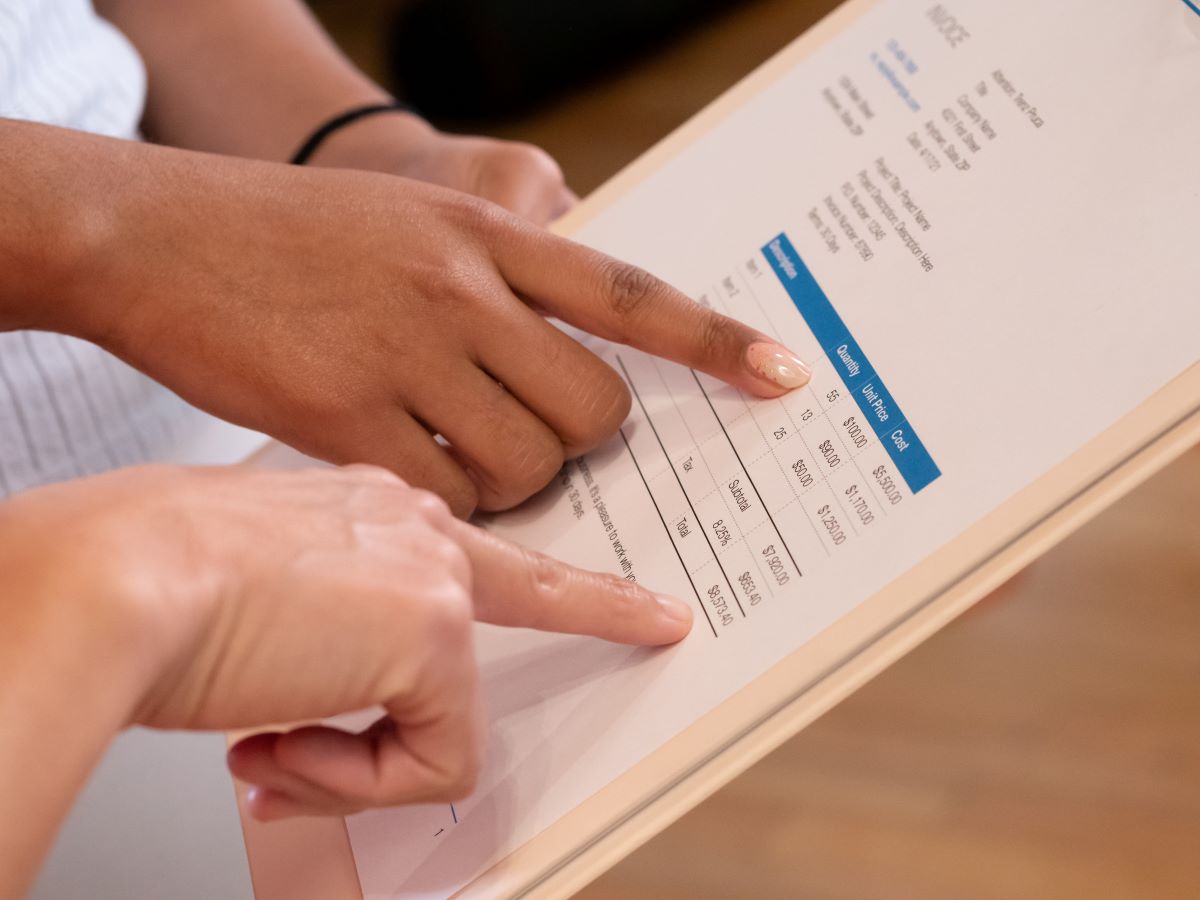A job or transaction isn’t complete until you collect payment. Unfortunately, this can be one of the most difficult parts of doing business.
Some say that chasing payment is a part of the job. Things happen, and clients sometimes forget about the invoices in their inboxes. However, when this becomes a constant problem, it starts affecting your cash flow.
If you’re tired of sending payment follow-up emails every day, the good news is that there are solutions to minimize late payments and maximize your team’s time efficiency.
Keep reading to discover how to chase customers for payment in a professional way. You’ll also learn how to prevent late payments, and even get your own chasing payments email template.
What is late payment?
Late payment is when a customer has not paid an invoice you sent them by the set due date.
Late payments negatively impact your business. Even a single one can stunt your cash flow.
Beyond that, sending payment follow-up emails to clients is time-consuming. In fact, 65% of businesses said they spend 14 hours a week chasing payments through follow-up emails and other administrative tasks related to late payments.
Whether you’re a painting contractor, the operator of a manufacturing business, or anything in between, your revenue stream is vulnerable to late payments.
To address how to deal with late payments, it’s helpful to understand why they happen in the first place.
Reasons for late payments
Customers may have several reasons for late payments. Here are some common excuses used by customers with outstanding payments:
- They lost the invoice.
- They only make payments on certain days of the month.
- They’re waiting on payment from their own customer.
- They have cash flow problems.
You may also encounter disputes, such as your customer claiming that:
- They never received the invoice.
- The invoice total is different from the initial quote.
- They have already paid you.
One thing that you must come to terms with as a business owner is that you may never know exactly why a payment is late. What you are in control of is how you deal with the situation, or better yet, how you prevent it.
Preventing late payments
Chasing payment is never fun, and is often an awkward situation. That’s why it’s key to know how to prevent late payments to begin with.
First and foremost, it’s essential that you understand how invoicing works for your business and industry. For example, knowing how to invoice as a contractor is different than knowing how to invoice as a wholesaler.
It’s important to make your payment terms clear to your customer before you provide your goods or services. This ensures that you both have a clear understanding of expectations from the beginning. Forming a positive relationship with your customer beforehand also helps.
It’s also a good idea to review your payment processes to make sure they’re efficient and effective, especially as times change. As a part of your process, try to confirm that your customer received their invoice after you send it to minimize any disputes.
You should also be sending a first payment follow-up email to clients before they are past their payment due date, not after.
While the best solution is to prevent late payments in the first place, this isn’t always possible. Let’s take a look at how to deal with late payment.
Dealing with late payment: Essential payment strategies
Knowing how to chase for payment is essential to keeping your cash flow strong. That’s why it’s important to address late payments as soon as they happen. Your goal is to receive payment as soon as possible to prevent it from affecting your business.
Here are some tips for dealing with late payment:
- Ask your client why their payment is late. This should be your first step, as the issue may be resolved here.
- Remind your customer of your agreed upon payment terms and penalties.
- Follow up immediately on late payments. Your first chase payment email should be sent the day after the payment is late.
- Don’t be afraid to enforce your late payment policy. This might involve a late payment fee or stopping all work for the customer.
The most important part of knowing how to chase payment by email is knowing how to craft the email itself. Let’s take a look at how to chase an invoice politely through some payment follow-up email samples.
How to chase payment politely: Invoice follow-up emails
When it comes to learning how to chase payment politely, email is usually the go-to method. So, it’s important to know how to craft a clear and concise chasing payment email.
Whether you’re sending an account statement email or a dispute resolution email, you need to ensure that you get the message across clearly and professionally.
To help you out, here are some examples of different emails to send your customers about their late payments.
Initial reminder email sample
At least one day before your customer’s payment is late, you should send an initial reminder email, or “payment not received” email. This email should having the following wording:
“This is just a reminder that the invoice we sent you on [date] is due on [due date]. Please find the payment information on your invoice.”
Polite reminder email sample
If you still haven’t received payment after your initial reminder, it’s a good idea to send another reminder:
“This is a friendly reminder that your payment of [amount] is due on [due date].”
Payment follow-up email sample
When the due date has passed, it’s time to send another follow-up. Here is a brief sample for an email you can send once payment is overdue.
“This is a reminder that your payment of [amount] was due on [due date]. Please make your payment as soon as possible using the information on the invoice.”
Payment plan reminder email
Sometimes, it’s helpful to offer your customer a payment plan, with the aim of at least receiving some of the outstanding payment right away. If you’ve already offered this option to your customer and they are behind on their payment plan, you should send a similar email to the payment follow-up email sample above.
Urgent reminder email subject line
If your customer hasn’t responded to your previous emails and their payment is well past due, then it’s appropriate to add URGENT to the subject line of the next email you send. Here’s an example of such a subject line:
“URGENT: Payment is overdue”
The body of the email should remain professional, but you can be more stern with your wording and mention the repercussions for neglecting to pay. It’s also helpful to put how much the payment is overdue by in the subject line, such as one month.
Final reminder email sample
A final reminder email is the last email you should send your customer before beginning the debt collection process. Be sure to make that clear in the email:
“We regret to inform you that despite previous email reminders, your invoice balance is still outstanding. If we do not receive payment within the next 48 hours, we will begin our legal debt collector procedure against you.”
Download your chasing payment email template for free
Still unsure of how to word your follow-up payment email?
Use these free templates to send “payment not received” emails, invoice follow-up emails, and more.
Key takeaways
Sending payment follow-up emails to clients isn’t a pleasant experience, and can mark the beginning of a dispute. However, in order to protect your business, it’s important to make an effort to follow up so you’re never left working for free.
Hopefully, you can take away a few tips, tricks, and some helpful templates to make chasing payment easier in the futture.
Chasing payment FAQs
How can I prevent late payments?
Preventing late payments is easier than dealing with late payments.
If you want to minimize the amount of late payments you face, it’s a good idea to strengthen your payment process from the beginning.
Make sure your customer understands your payment terms from the start, and send a follow-up email requesting payment even before it is overdue.
What should I do if a client doesn’t pay on time?
If a client doesn’t pay on time, ask them if there’s a reason their payment is late before beginning the process of chasing payment.
If they don’t answer, then you should send an outstanding payment email.
What are the consequences of late payments?
The consequences of late payments can be tragic for businesses, as it halts cash flow and affects your overall operations. This is especially true if you’re dealing with several late payments at once.
This is why, as awkward as it may seem, you shouldn’t hesitate to send an email to chase payment.
For additional tips on how to avoid unpaid invoices, check out this article.
Image credit: Kindle Media via Pexels






